‘Phase two’ of Year 1 numeracy check trial begins at 165 NSW public schools
More than 160 schools across NSW are about to make history, setting new numeracy benchmarks for every Year 1 student in the state. See how it will work and the full list of schools involved.
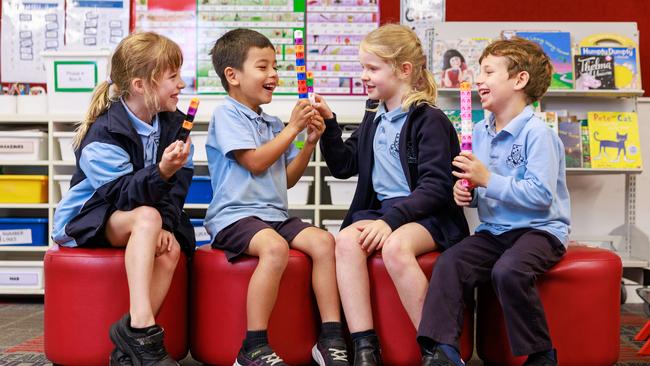
Education
Don't miss out on the headlines from Education. Followed categories will be added to My News.
Up to three in four of her youngest students are struggling with basic addition and subtraction, but for primary school principal Jen Berghofer and her teachers, this knowledge is power.
Windsor Public School has become the first school in NSW to use a work-in-progress numeracy check to figure out which of its Year 1 students are falling behind and give them the support they need to succeed.
Around 40 children at Windsor, including Kindergarteners, joined the trial group of 19 schools testing and developing the new ‘Year 1 numeracy check’ – a 15-minute pop quiz designed to identify those who aren’t meeting expectations for their age and intervene early.
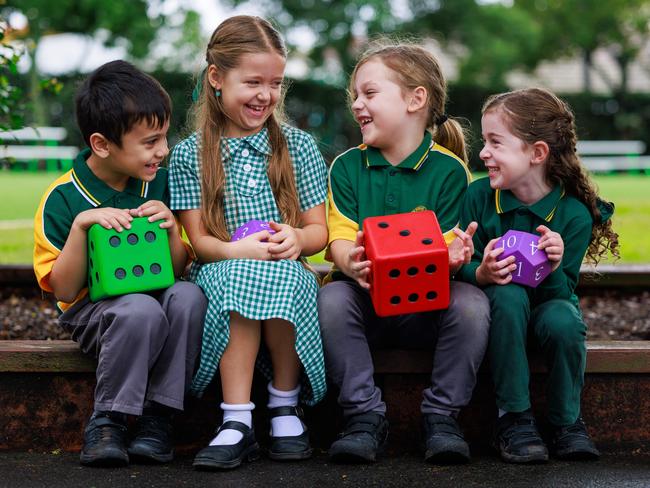
Phase two of the trial, which begins Monday, will see 165 schools undertake a simplified version of the check, with the final results to set benchmarks for a statewide rollout in 2026.
“For our Kindergarten students, we can see that in all areas of numeral identification up to 101, students are performing in the 70 to 100 per cent range,” Ms Berghofer said.
“We also looked at number lines, number grouping, and some addition and subtraction … as well.
“In that particularly area there were a lot of students who were partially correct – 46 per cent – and about 20 to 30 per cent who were correct, so we are giving them the strategies they need to get to the next step.”
Assistant principal Tara Verhelst said while parents often believe that numeracy in the lower grades is all about learning to add and subtract, “there’s a lot that comes before” – and ‘screeners’ like this are vital to “knock these early number skills on the head”.
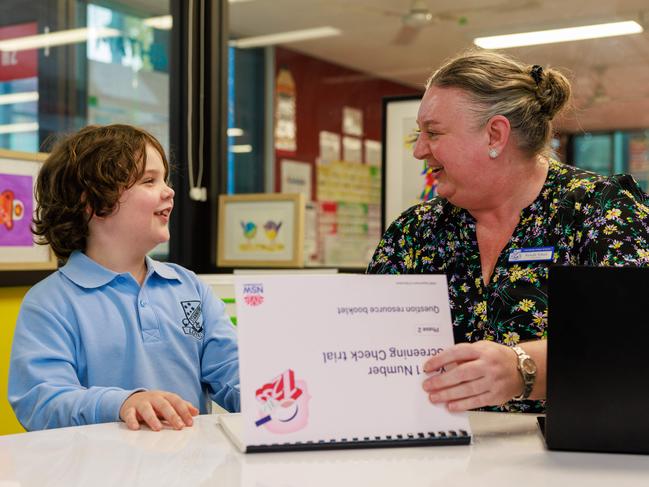
NSW Department of Education director of literacy and numeracy Kristie O’Neill commended Windsor Public School on taking the initiative to use the preliminary results for their own students, but said the next phase would have only 38 questions marked either right or wrong.
“In colloquial terms, we were really testing the test,” she said.
“Ultimately ... we need to reduce the number of students below proficiency in Year 3 NAPLAN in numeracy, and increase those that are exceeding proficiency as well. The screener, we think, is a really effective way to meet that goal.”
Kids will be asked to identify numbers (i.e. recognising 13 and saying ‘thirteen’), relationships between numbers (i.e. 8 comes before 9, and after 7), and basic operations (i.e. adding 2 and 4 makes 6).
Stanmore Public School is one of 146 schools joining the trial next week, and principal Ben Heinecke said parents should rest assured the screener won’t be stressful for kids.
“This is not a formal test, it’s a sit-down chat to have a bit of fun with numbers with your teacher … it’s not an HSC, you’re not sitting down doing a written exam,” he explained.
“It is a great opportunity for all schools to ensure that no child is falling through the cracks.”
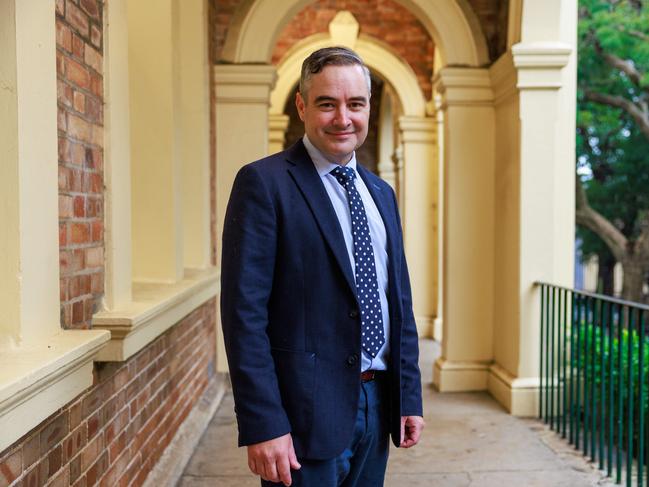
Though the check is being developed locally by the NSW Department of Education, other states and territories are set to follow the formula as part of their funding obligations under the federal government’s Better and Fairer Schools Agreement.
Federal Education Minister Jason Clare said early intervention will “change lives and help more children catch up, keep up and finish school”.
“It’s great to see New South Wales bursting out of the starting blocks and trialling this in 165 schools this year,” he said.
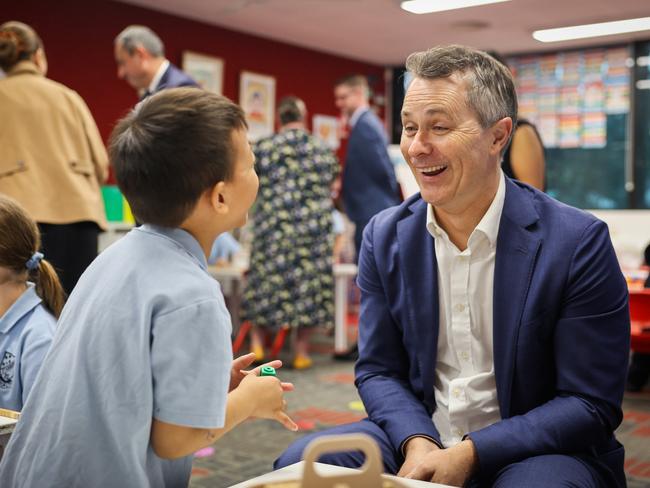
NSW Education Minister and Deputy Premier Prue Car said she is “determined to lift outcomes for students after the Liberals presided over years of declining results amid a teacher shortage crisis they denied and ignored”.
“By identifying at-risk students early, we can ensure that they receive the necessary support in time to get them back on track and reach their full potential,” she said.
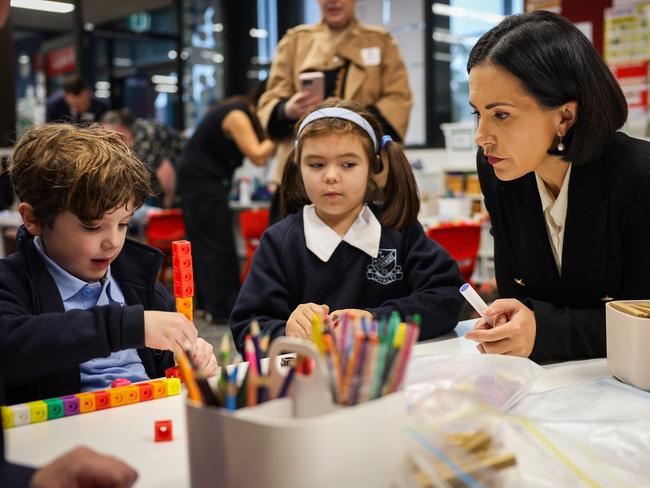
More than 50 kilometres west of the bear pit, Jen Berghofer testified to the positive impact on the kids in her care, with her teachers better equipped to meet students at their level or catch them up to speed if they’re falling behind.
“They are driven by their success. If we continued to move forward without those lower concepts, they would feel lost – and their love of learning goes with that,” she said.





